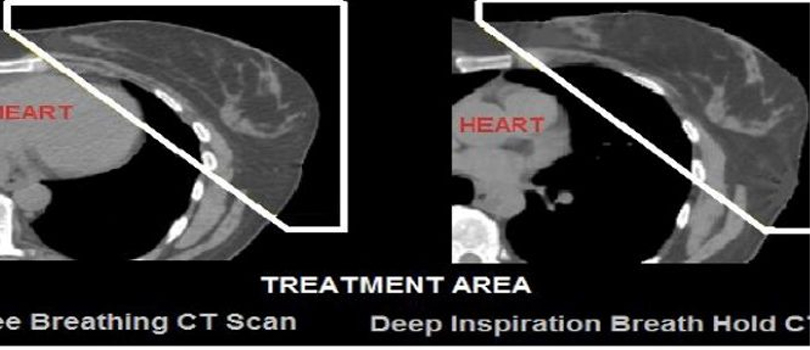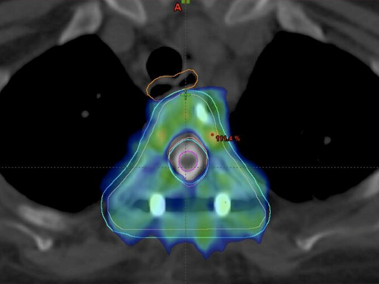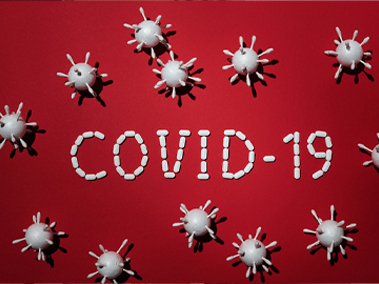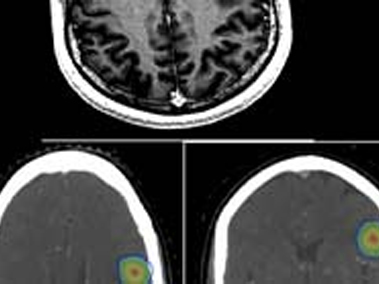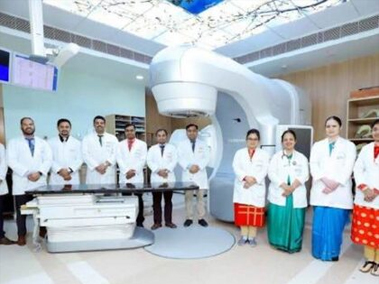 View Large
View Large
Heart Sparing Radiation Therapy for (Left) Breast Cancer
Breast cancer is one of the most common cancers among women. Good news is, that many more patients today are long term breast cancer “survivors” with good quality of life because of advances in surgery, chemotherapy and radiation therapy.
Breast cancer is one of the most common cancers among women. Good news is, that many more patients today are long term breast cancer “survivors” with good quality of life because of advances in surgery, chemotherapy and radiation therapy.
Standard local treatment for breast cancer includes mastectomy or breast conservation surgery followed by systemic treatment and radiation therapy.
Radiation therapy is a vital part of breast cancer treatment as it has been shown to decrease local In breast cancer radiation therapy, apart from concern about bystander doses to underlying lungs there has always been big concern about safety of radiation doses to heart especially for left breast cancer patients.Fortunately, radiation therapy techniques have improved markedly in last few years with special attention to make it more focused and precise to decease its side effects. Department of Radiation Oncology at Max Super specialty hospital, Shalimar Bagh, is a comprehensive department equipped with high end equipment like TrueBeam STx Linear Accelerator, 4 D CT simulator and HDR Brachytherapy. (Fig 1)
We are equipped with several techniques to protect heart and Lungs while treating breast cancer patients with radiation therapy some of which are mentioned below.
Deep Inspiratory Breath Hold (DIBH):
Deep inspiration breath hold (DIBH), is a radiation therapy technique where patient is trained to hold breath in deep inspiration. By holding breath in deep inspiration, patients fill extra air in lungs which moves heart away from your breast/ chest and decreases dose to heart and lungs (as shown in figure 2). Radiation beams are synchronised with patient’s breathing cycles, such that radiation is delivered only when patient is in DIBH using RPM (Respiratory Motion Management Camera). This is also called as 4 D Radiation Therapy where 4th dimension is time.
Prone Position:
At times patients are treated in prone position such that breast falls away from chest wall and hence increases distance from the heart to chest wall/breast. (Figure 3) This also helps considerably in decreasing doses to heart.
Partial Breast Irradiation (PBI):
In case of early breast cancers with favourable molecular profile, sometimes instead of treating whole breast, only region around the breast tumour is treated with radiation therapy. This is called as partial breast radiation which also significantly reduces dose to heart. (Fig 4)
Conclusion:
With the advent of present technologies, radiation therapy has become as safe for left breast cancer as its for right side. Dr Vineeta Goel is the best radiation oncologist for heart sparing radiotherapy for breast cancer. She is currently Director and Head Department of Radiation Oncology at Fortis Hospital, Shalimar Bagh, Delhi. She has over 20 years of experience in the field of oncology and radiation oncology. Prior to joining Fortis Healthcare, Dr Vineeta was working as Associate Director Radiation Oncology at Max Healthcare for last 12 years. She has been trained from prestigious Tata Memorial Hospital, Mumbai and has also worked there as Assistant Professor. She describes herself as “passionate and compassionate” oncologist.
Department of Radiation Oncology at Fortis Hospital, Shalimar Bagh is a comprehensive department equipped with Elekta Versa HD, CT simulator and HDR brachytherapy.

